
-
Find the right food for your petTake this quiz to see which food may be the best for your furry friend.Find the right food for your petTake this quiz to see which food may be the best for your furry friend.Health CategoryFeatured products
 Adult Perfect Weight & Joint Support Chicken & Brown Rice Recipe Dog Food
Adult Perfect Weight & Joint Support Chicken & Brown Rice Recipe Dog FoodThis weight management and mobility support dog food was created with Hill’s unique understanding of the biology of overweight dogs.
Shop Now Adult Perfect Digestion Chicken, Barley & Whole Oats Recipe Dog Food
Adult Perfect Digestion Chicken, Barley & Whole Oats Recipe Dog FoodScience Diet's breakthrough nutrition supports ultimate digestive well-being & healthy microbiome
Shop Now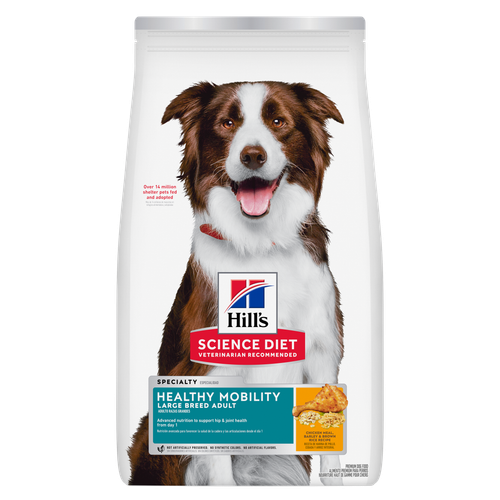 Hill's Science Diet Adult Healthy Mobility Large Breed Chicken Meal, Barley & Brown Rice Recipe Dog Food
Hill's Science Diet Adult Healthy Mobility Large Breed Chicken Meal, Barley & Brown Rice Recipe Dog FoodAdvanced nutrition shown to support joint health and improve mobility
Shop NowFeatured products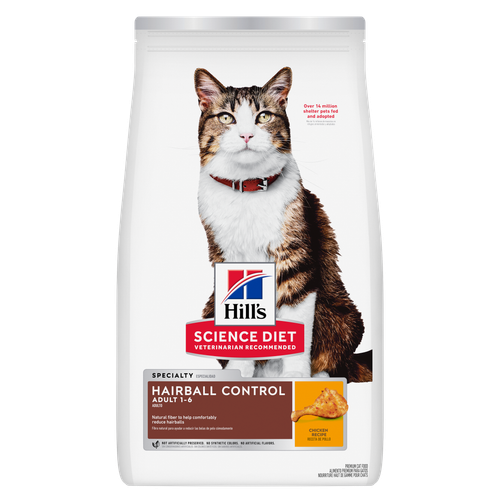 Adult Hairball Control Chicken Recipe Cat Food
Adult Hairball Control Chicken Recipe Cat FoodNatural fibre comfortably reduces hairballs
Shop Now Adult Healthy Cuisine Roasted Chicken & Rice Medley Cat Food
Adult Healthy Cuisine Roasted Chicken & Rice Medley Cat FoodDelicious roasted chicken and rice in a mouthwatering sauce
Shop Now Adult Perfect Digestion Chicken, Barley & Whole Oats Recipe Cat Food
Adult Perfect Digestion Chicken, Barley & Whole Oats Recipe Cat FoodHill's Science Diet's breakthrough nutrition supports ultimate digestive well-being & healthy microbiome
Shop Now -
DogCat
- Cat Tips & Articles
-
Health Category
- Weight
- Skin & Food Sensitivities
- Urinary
- Digestive
- Kidney
- Dental
- Serious Illness
-
Life Stage
- Kitten Nutrition
- Adult Nutrition
Featured articles Tips on How to Store Your Dog or Cat Food Properly
Tips on How to Store Your Dog or Cat Food ProperlyWhere you store your cat and dog food can make a big difference in the quality and freshness once it is opened. Here are some common questions and recommendations for optimal storage for all of Hill’s dry and canned cat and dog food.
Read More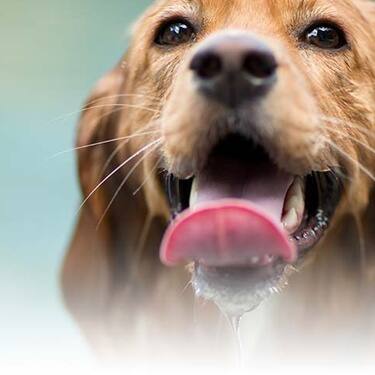 Water
WaterWater is the most important nutrient of all and essential for life. Animals can lose almost all their fat and half their protein and still survive, but if they lose 15% of their water, it will mean death.
Read More Fun Ideas for Kids and Pets This Summer
Fun Ideas for Kids and Pets This SummerOutdoor summer activities with your dog or cat can be fun for kids, too. Learn how they also teach kids responsibility & creates a bond with their pet.
Read More -


Seeing a cat having seizures is scary for any pet parent. Caused by abnormal electrical activity in the brain, seizures can cause concerning behaviors, including thrashing, drooling and teeth chomping. But thankfully, even though they look frightening, they're not always a medical emergency.
Read on to learn why cat seizures happen and what you should do if your cat ever has one.
Cat Seizure Causes
Cat seizures are grouped into two categories: intracranial seizures, which are caused by something that exists inside the skull, and extracranial seizures, which are caused by something outside the skull.
The causes of an intracranial seizure include:
- Brain tumors
- Brain infections
- Brain trauma and inflammation
- Brain parasites, such as toxoplasmosis
Extracranial seizures can be caused by:
- Liver or kidney disease
- Exposure to a flea or tick product that isn't meant for cats
- Ingestion of human medicine
- Heatstroke
- Infectious diseases
- High blood pressure
Your cat could also have a seizure as a result of epilepsy, which means that the seizure's cause is unknown.
Signs & Symptoms of a Cat Seizure
Cat seizures can take many forms. Generalized or grand mal seizures can include convulsions, limb rigidity or paddling, loss of consciousness, abnormal vocalization and loss of urinary or bowel control. Grand mal seizures can occur alone or in clusters and typically last a minute or two. If a seizure lasts longer than five to 10 minutes then it's called "status epilepticus," and is a medical emergency; you should take your cat for emergency veterinary care immediately. However, you should take your cat to see your vet following any seizure just to get a full checkup and diagnosis.
Other types of seizures, such as absence seizures or partial seizures, during which a cat may exhibit tail chasing, aggression, shadow chasing or biting, are very rare.
Since seizures tend to be very brief, you may not notice your cat having one. Alternatively, you may notice abnormal behavior after a seizure, during what's known as the postictal phase. Your cat may exhibit excessive tiredness or excitement, binge eating and drinking, or abnormal pacing. If you notice any of these signs, contact your veterinarian.
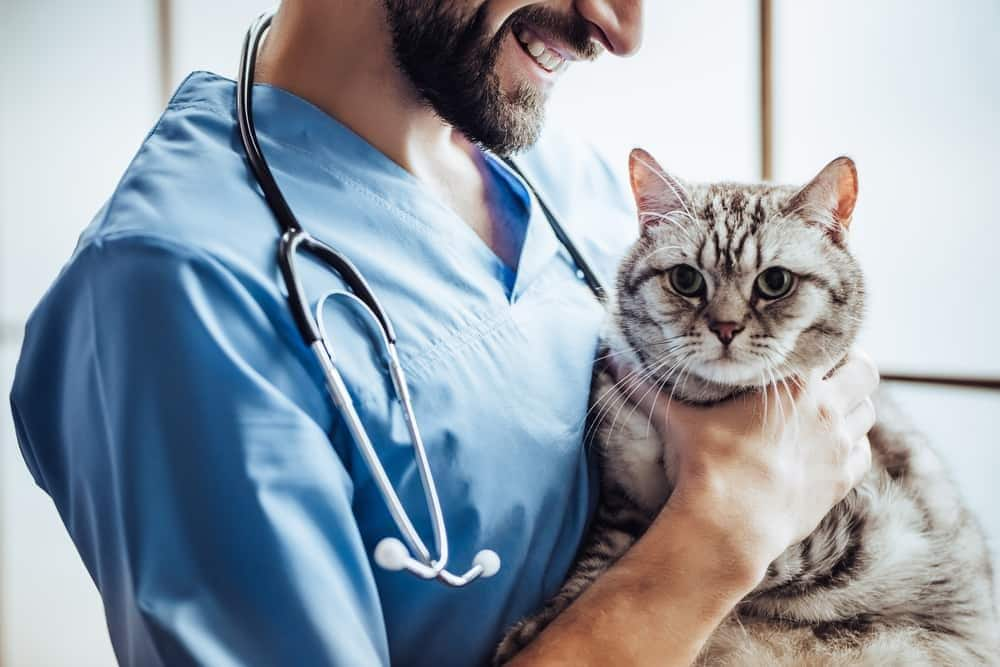


Tasty Tips
What to Do If Your Cat Has a Seizure
Unless a cat is in status epilepticus, cat seizures are rarely a medical emergency, meaning that you do not have to go the emergency center immediately. If you notice your cat having a seizure but it stops after one to two minutes, then you should call your vet and make an appointment to have your cat seen as soon as possible. If they are short but back-to-back, or they have more than one, you should take your cat to the veterinarian immediately.
While your cat is having a seizure (and even after), don't touch them unless they're at risk of hurting themselves — if they're about to fall down the stairs or into deep water, for example. If you touch your cat while they're seizing, you risk the chance of getting a serious bite or scratch.
If the seizure isn't stopping, you should take your cat for emergency care. Use a thick towel to pick up and wrap your cat for safe transportation. At the vet's office, be prepared to answer questions about your cat's health history, including questions about:
- The number, frequency and length of their seizures
- Their vaccination history
- Whether they're an indoor or outdoor cat
- Nutrition and feeding
- Whether they've been vomiting or having diarrhea
- Recent weight changes
Your answers to these questions will help your vet recommend the appropriate testing and treatment. Testing can include blood and urine tests, fecal tests and/or imaging studies, such as X-rays, ultrasounds and MRIs.
Treatment for a Cat Having Seizures
If your cat is in status epilepticus, then the veterinary team will provide emergency care; this can include placement of an intravenous catheter, administration of anticonvulsant medicine (a medication that is used to help prevent or stop seizures, sometimes referred to as "anti-seizure") and collection of blood and urine samples for analysis.
If their seizures are rare, your cat may not require medicine, but if seizures are happening more often than every six to eight weeks, then treatment may be necessary to prevent further brain damage.
If a cat is stable and not currently seizing, then treatment may consist of oral anticonvulsant medicine and treatment of any underlying causes. If your vet prescribes your cat medicine, it's important to follow the dosing instructions. Changing the dose or suddenly stopping the medicine could cause seizures to resume or worsen.
The Connection Between Cat Seizures and Nutrition
If your cat is having issues with seizures, a vet or veterinary nutritionist should evaluate their nutrition. If your cat is suffering from a disease elsewhere in the body that can cause seizures, such as liver disease or kidney disease, proper nutrition can help reduce the effects these diseases have on the brain.
Any cat, including one that is experiencing seizures or neurological signs, can benefit from eating a complete and balanced food that's high in antioxidants and omega-3 fatty acids, unless otherwise directed by your vet.
Cat seizures are always scary to witness, but luckily, very rare for cats. Proper veterinary care can often resolve whatever is causing the condition and get your kitty back to feeling like themselves.


Dr. Sarah Wooten graduated from UC Davis School of Veterinary Medicine in 2002. A member of the American Society of Veterinary Journalists, Dr. Wooten divides her professional time between small animal practice in Greeley, Colorado, public speaking on associate issues, leadership, and client communication, and writing. She enjoys camping with her family, skiing, SCUBA, and participating in triathlons.
Related products

Hill's Science Diet's breakthrough nutrition supports ultimate digestive well-being & healthy microbiome

Natural fibre comfortably reduces hairballs

Healthy digestion for easy litter box clean-up

Delicious roasted chicken and rice in a mouthwatering sauce
Related articles
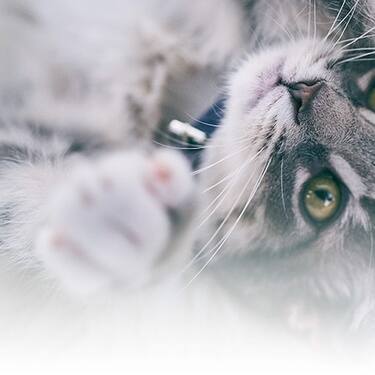
Obesity affects more than 30 percent of cats in America. Learn how you can properly feed and exercise your cat to improve its weight management.
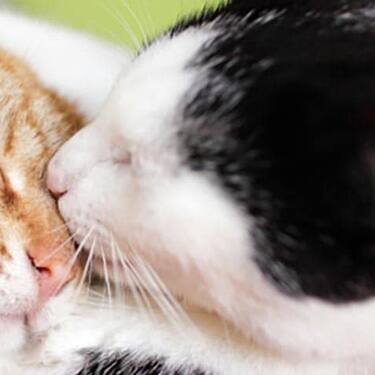
Being overweight puts a cat at risk for developing many serious health issues. Weight gain indicates an increase in body fat and usually results when your cat eats too much and exercises too little.
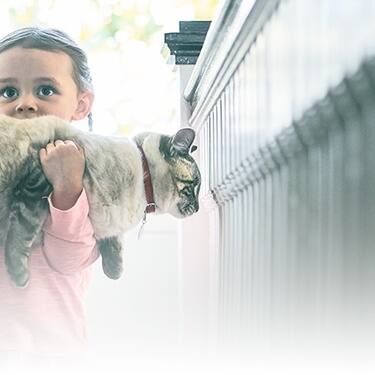
Provide the best possible treatment for cats with sensitive skin by spotting the signs, knowing the causes, and understanding the remedies. Learn more now.
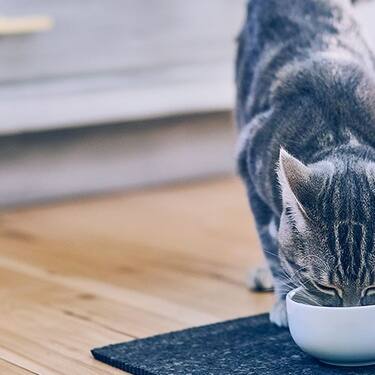
Understand the symptoms of a chronic upset stomach in your cat, and learn how to help sooth their discomfort.
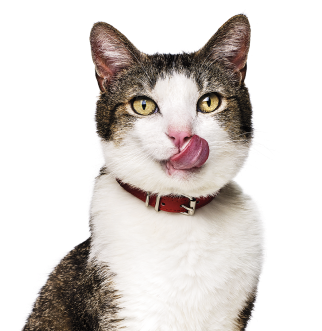
Put your cat on a diet without them knowing
Our low calorie formula helps you control your cat's weight. It's packed with high-quality protein for building lean muscles, and made with purposeful ingredients for a flavorful, nutritious meal. Clinically proven antioxidants, Vitamin C+E, help promote a healthy immune system.
Put your cat on a diet without them knowing
Our low calorie formula helps you control your cat's weight. It's packed with high-quality protein for building lean muscles, and made with purposeful ingredients for a flavorful, nutritious meal. Clinically proven antioxidants, Vitamin C+E, help promote a healthy immune system.

